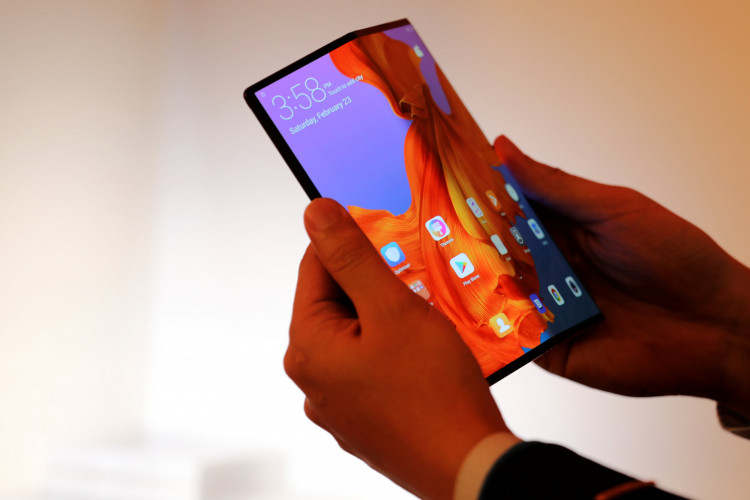As technology has its fast advancements nowadays, companies have been updating their products. Various upgrades have already been done by multiple manufacturers. Of which, Apple may have just seen the problem with making the foldable phone.
Apple just submitted a patent application that has been published by the U.S. Patent Trademark Office last Thursday. The title of the application is "Electronic Devices with Flexible Displays." The company suggested that the temperature could be an issue for the display of the foldable phone.
The issue might happen while at the temperature that is hospitable for a human. In which case the folding system may work fine but the adhesives and other elements that are used in the device's production may be a problem or becomes more resistant when flexed under cold temperature. It might cause damage or wear to the display if attempted in such conditions, according to Phone Arena.
To reduce the cold temperature, Apple suggested that there should be a way to warm up the area of the display panel, where the bending will take place. As part of the company's solution, a built-in temperature sensor is used to identify the warmness of the device. Also, whether or not there will be a danger if the user will flex the device, according to Apple Insider.
The process of warming the phone by itself can be performed by a heating element. This can locate near the section that beds the most. The heat conductor will transfer the warmth where it is mostly required. However, a heating element may not be that practical to add to such a device.
Thus, Apple suggested an alternative. The company recommended the heat can be generated by illuminating the screen. For this to happen a screensaver could aid by concentrating more on the bent section. In that way by making it brighter and lit it up more than the rest of the screen.
In line, as the heating process may take time to complete, Apple does note that there will be a danger for the display to be flexed before it is safe to do so. Aside from warming, the user on an attempt to bend, the company believes the use of latching mechanism to keep the device closed while folded may also be considered for investigation. Both as a mechanical latch and by the folded device that can be held shut by a magnet.
Furthermore, when the temperature of the area is safe, the latching system can disconnect. The user will then be free to open the device again. But the patent application does not seem to answer the question on how to prevent the user from folding up an unfolded device.






